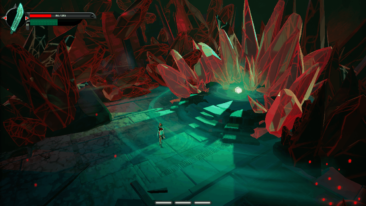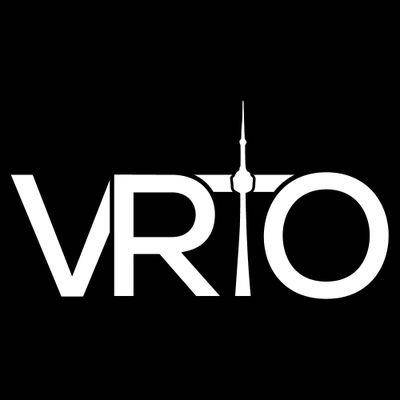
Disclosure: IndieGameReviewer.com was a Media Partner of the VRTO Conference & Expo, and our Editor-In-Chief is also its director. The following are extrapolations of details from the show and personal observations by the author.
VRTO – Virtual Reality Toronto – launched their inaugural event on the weekend of June 26th and 27th at the Mattamy Athletic Centre (formerly Maple Leaf Gardens) in Toronto, Canada. Over 800 attendees and 20 exhibitors showed up, all looking to discover and share new ideas and experiences in the booming tech sector that is virtual reality. Seeing as my pre-order for a PSVR is still months away from being filled, I dive at any chance to put on a headset. The event certainly provided a lot to take in.
Officially titled VRTO Virtual & Augmented Reality World Conference & Expo 2016, VRTO launched Saturday night with a gala event for media and exhibitors, opening with a concert by the Splashtones. The band plays a blend of traditional instruments and devices created by the father of wearable tech, Steve Mann, including a pipe organ whose sound generators are underwater. Mann accompanied the band’s ambient and haunting aura on a Fourier synth, inducing various harmonic overtones out of an A440 tone.
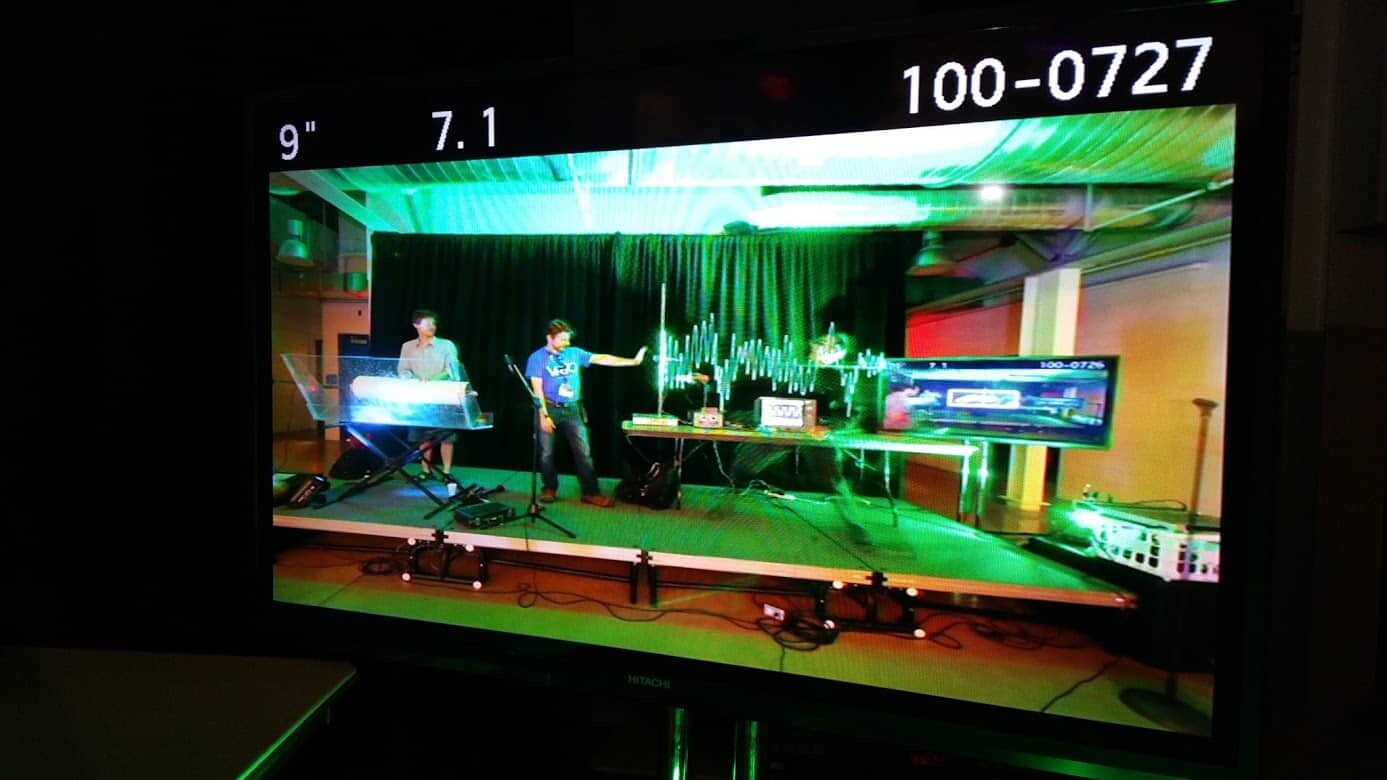
Mann then invited attendees to join him on stage and pose for photos with his Aledgeoscope. He described it as a device that could visually capture the intersections of time and space. Taking an open shutter shot, Mann slowly dragged the device backwards away from the outstretched hand of the subject. The resulting photo depicts a distorted wave of light emanating from the person’s palm and across the stage. I took the rare opportunity to pose for my own “Kamehameha,” as pictured above.
VR and Ethics
Mann also delivered the keynote that opened the first full day of the event. He spoke of his plans to ratify the Human Augmentation Code of Ethics. An open discussion with participants – including panel members Brett Leonard (director of The Lawnmower Man), Ken Nickerson (KOBO eBooks co-founder), Dan Braverman and Mir Adnan Ali (CG Blockchain founder), Robin Ingle (Ingle Insurance CEO), Dave Brin (author of The Postman), Ana Serrano (Chief Digital Officer – Canadian Film Center), Zack Harris, Samantha Mathews, and others – gave everyone the opportunity provide input on the central tenets of this historic document during the drafting process.
Participants received published copies of the finished document, written properly in the form of a scientific paper, the following day. Mann plans to distribute the #HACode, also known as “The Toronto Code,” around North America and then the world, and claims to have been developing the code over 14 years.
Gimme FIVARS
The Festival of International Virtual and Augmented Reality Stories (FIVARS) invited ticket-holders down a red carpet and into a darkened room lit by blacklights and a disco floor. Provided with Samsung Gear headsets, participants had the chance to view dozens of 360-degree film projects from around the world.
The subject matter ranged from underwater exploration (“The Click Effect“) to the zombie apocalypse (“Dead Head“). Standout films included “Knives,” a psychological thriller by Adam Cosco seemingly crafted in the intersection between Alfred Hitchcock films and The Twilight Zone.
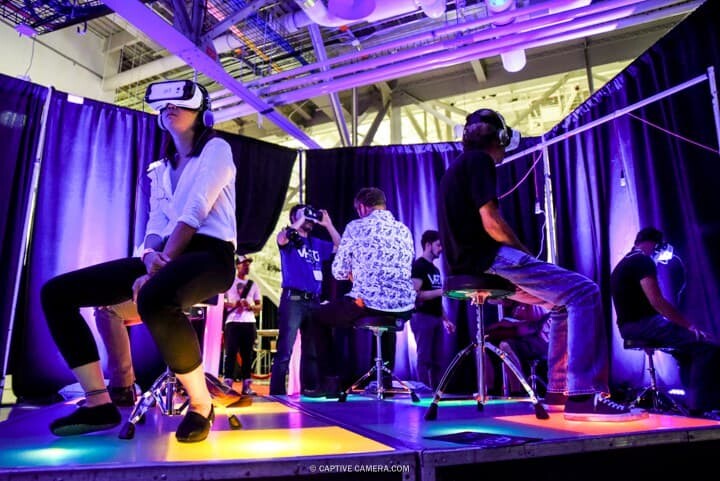
Viewers were asked to give scores on the films they watched, and the results will be combined with those at upcoming FIVARS events, with the intention of naming a “People’s Choice” award winner for the year. The curators of the event are already hard at work on the festival’s next preview event, set to take place in July on Toronto’s Centre Island at Camp Wavelength.
Though not technically a part of the FIVARS lineup, I watched players pitting their skills against Holopoint on a HTC Vive headset. This archery simulator randomly generates targets in a dojo-like setting. To shake things up, any struck target fires a projectile back at the player, who must physically dodge the strike. I can’t think of a recent example of a videogame that demanded gamers to be so limber. Gone are the days of vegging on the couch: this game is a true workout.
In speaking with numerous attendees in the FIVARS line, it quickly became clear that the balance of VR “virgins” and those with experience in the medium is definitely tilting towards the latter. While a handful of newcomers were present, the majority were on hand to see the selection of 360-degree films. I consider it proof-positive that even after the novelty wears off, the quality of content is keeping viewers coming back for new experiences.
On the Rink Of Greatness
The event also played host to dozens of exhibitors, offering visitors a taste of the latest VR games, headsets and peripherals. The companies included Minority Media (Papo & Yo, Time Machine VR), Game Pill, Alientrap (Apotheon, Capsize, ModBox), Globacore (Escape Tomb VR), Red Meat Games, IRIS VR (Technolust, and Artistic Achievement winner at this years Unity VR Summit), and Quantum Capture (Assassin’s Creed, Far Cry). While the constant problems of lag and screen resolution whittle down to sensory non-starters, companies are also investigating novel ways to make games, film and even television more immersive.

Just as the rampant growth and development of VR is forcing us to rethink how we look at the myriad fields it has infiltrated, seeing one of North America’s most famed hockey rinks lined with VR tech exhibits made for a fitting juxtaposition.
IGR Goes VR
Day 2 of the conference featured a full day of intensive training sessions focused on game development and VR. Your friends here at IGR sponsored a panel on Finding Success in VR Game Development moderated by Alex Davies (a journalist for TomsHardware and UploadVR with a long-term relationship with independent games). Participants included Lee Vermeulen (Alientrap Games co-founder), Keith Makse (Red Meat Games CEO), Ben Unsworth (Globacore president), Blair Renaud (IRIS VR founder) and Michael Zaidan (Minority Media). With the glut of companies rushing to get into VR, the panel commented on some of the common traps a project can encounter, and shared some of the solutions they have discovered.
Meanwhile the training covered everything from Blair Renaud’s guide to “Kit-Bashing” to build cohesive worlds from a potpourri of assets, to Quantum Capture‘s talk on volumetric capture and photogrammetry and the future of digital humans.
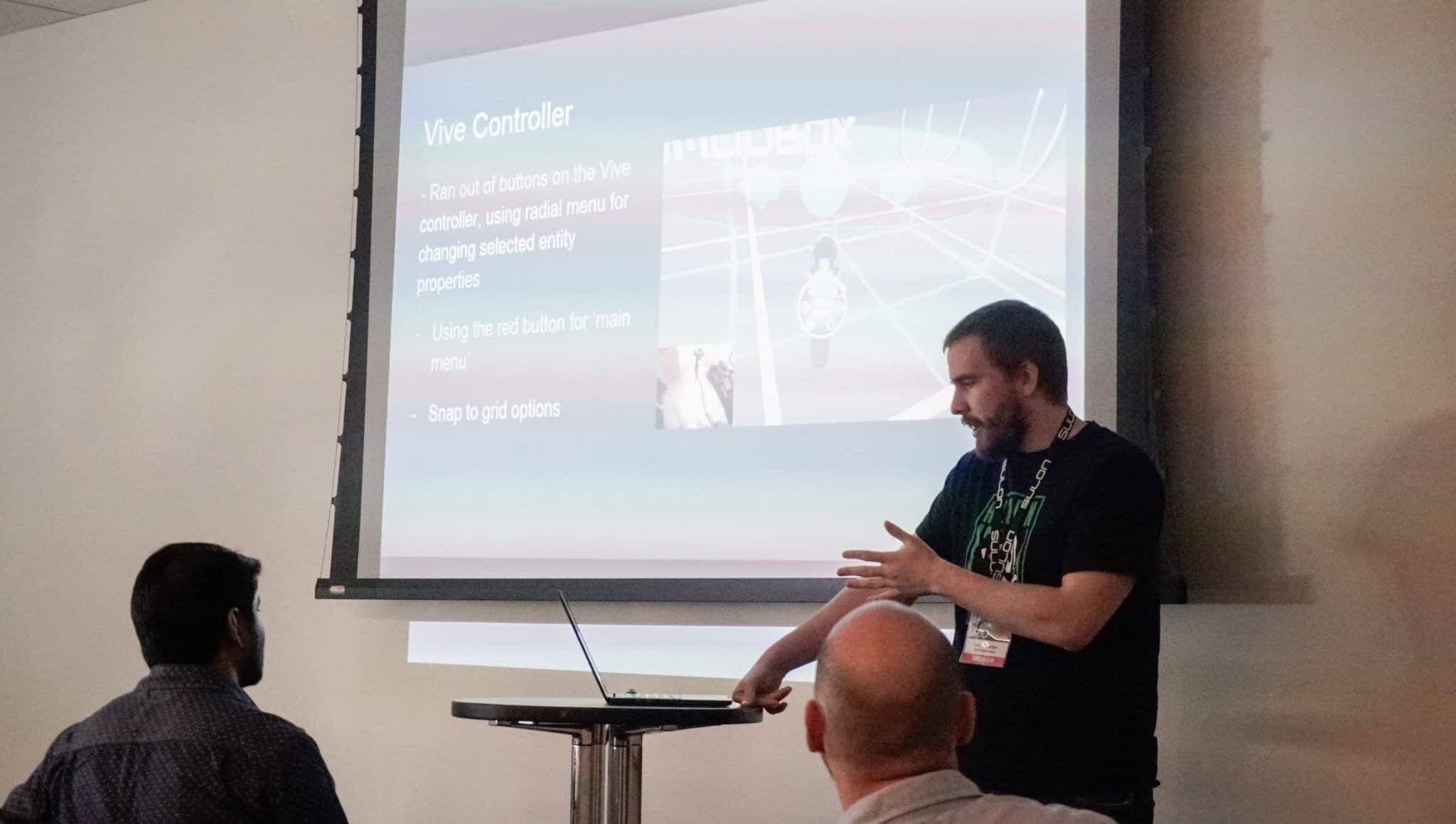
An impressive line-up, to be sure – we’re especially excited about how Lee Vermeulen will bring the distinctive but diverse graphics approaches of Alientrap Games offerings like Apotheon and Capsized and Cryptark to VR. The panel also got into the down and dirty of socially engineering your way onto Valve’s Steam storefront, what APIs and SDKs to pay attention to, and Unity’s advantages and shortcomings. With all of the big players looking to dive headlong into the virtual gamespace, discussions like this one aim to keep the market from getting flooded with rush-to-publish games full of off-putting rookie errors. In other words, let’s avoid a bumper crop of AAA motion sickness harf-fests, shall we?
To the Future (and Beyond)
And all that is barely scratching the surface. In addition to gaming and film, VRTO covered everything from the future of sports broadcasting (via Eye-LIVE Media) to the social VR (via REND386 developer and author Bernie Roehl.
As an enthusiast, virtual reality first caught my attention in the mid-’90s. To me, the dizzying potential was immediately apparent. Even with the crude graphics and over-sized tech solutions of the day, the level of immersion had me envisioning bigger and better things. As I walked through the various exhibits, I could see that my visions have taken shape, and often in ways I could never have imagined 20-plus years ago.
The tone of this show was different than the typical commercial trade show where vying companies hawk their wares in hopes of grabbing sufficient foothold for a new funding round. Here the tenor far more resembled a think-tank, with people rolling up their sleeves trying to figure out just how this crazy thing we have wrought is going to work once it really takes over.
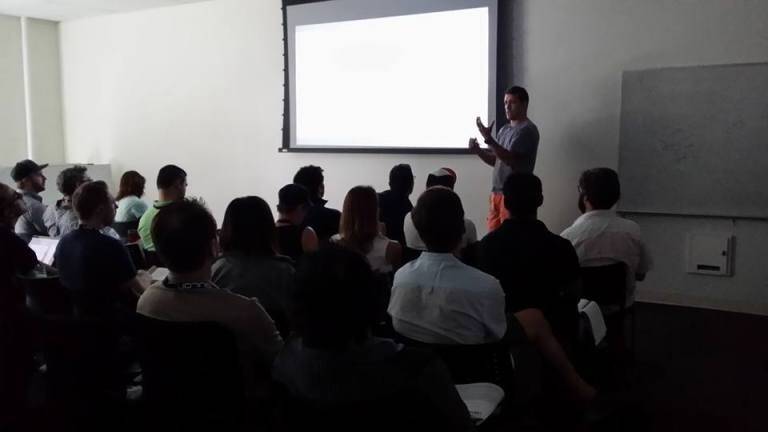
In fact, there was even a two-day workshop, titled “The Hacker’s Guide to the Metaverse” focused solely on web VR and led by James McCrae, who created Janus VR at the University of Toronto. Even here, the conference organizers wanted to disrupt the popular practice of “Hackathons” that can be thinly-veiled excuses for poaching bright ideas in exchange for meager financial reward. Instead, the Hacker’s Guide looked at building a truly decentralized web, using blockchain/Ethereum technology and peer-to-peer networks running off a $12 modded wireless wifi server no bigger than your thumbnail.
Keepin’ It Real
It’s rare that moments like this come around, and it’s best to pay attention when they do. This event stood out as a coming together of enthusiasts; conversations with the attendees and participants all seemed to indicate a collective whimsy that is far more overwhelming than the spec sheets for the latest headset. The alternative is a show filled with talks by the CEOs of the very sponsors underwriting the event, and the line between meaning and commerce becomes hopelessly blurred.
I hope to see more events like VRTO in the future.


